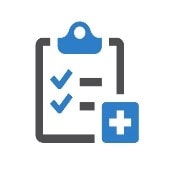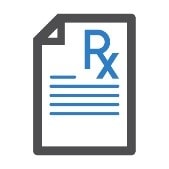How is Sepsis Diagnosed and Treated?
Diagnosis
Healthcare professionals diagnose sepsis using physical findings such as:

- Fever
- Low blood pressure
- Increased heart rate
- Difficulty breathing
Healthcare professionals also perform tests that check for signs of infection or organ damage. Some of these tests are used to identify the germ that caused the infection that led to sepsis. This testing might include blood cultures looking for bacterial infections, or tests for viral infections, like COVID-19 or influenza.
Treatment
Research shows that rapid, effective sepsis treatment includes:

- Giving appropriate treatment, including antibiotics
- Maintaining blood flow to organs
Sometimes surgery is required to remove tissue damaged by the infection.
Healthcare professionals should treat sepsis with antibiotics as soon as possible.
Antibiotics are critical tools for treating life-threatening infections, like those that can lead to sepsis. However, as antimicrobial resistance grows, infections are becoming more difficult to treat. Antibiotic side effects range from minor, such as rash, dizziness, nausea, diarrhea, and yeast infections, to very severe health problems, such as life-threatening allergic reactions or C. difficile (also called C. diff) infection, which causes diarrhea that can lead to colon damage or death. However, when antibiotics are needed, the benefits outweigh the risks of side effects or antimicrobial resistance. Improving the way healthcare professionals prescribe antibiotics, and the way we take antibiotics, helps keep us healthy now, helps fight antimicrobial resistance, and ensures that these lifesaving drugs will work for you or others when they are needed most, like for treating infections associated with sepsis.